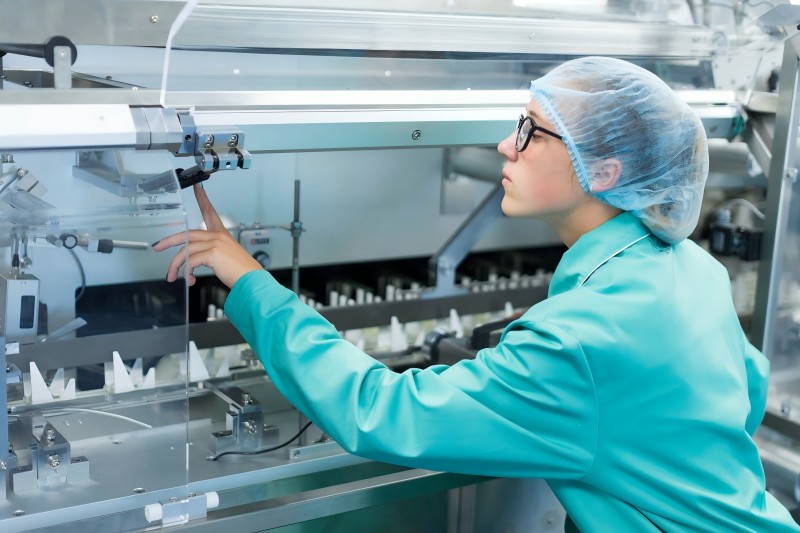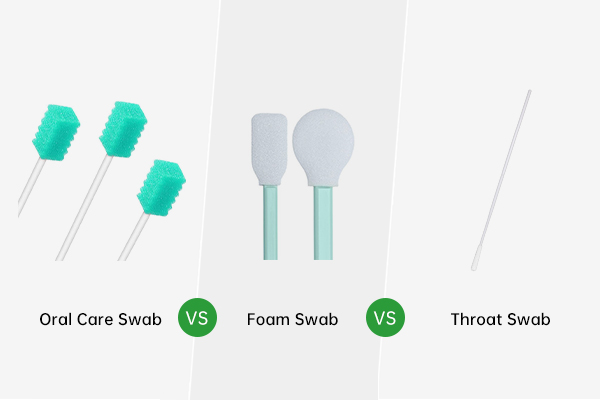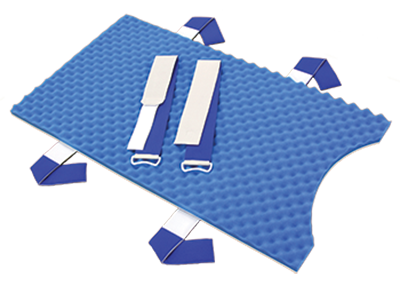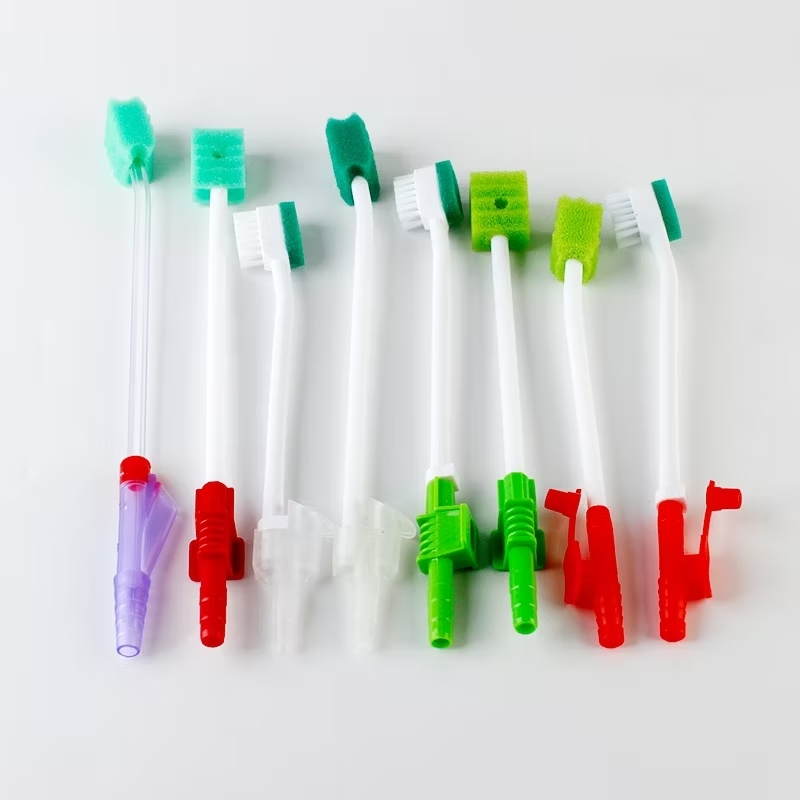Oral swabs, or mouth swabs, are vital healthcare tools for oral hygiene, patient care, and diagnostics. Their manufacturing involves meticulous steps to meet strict health standards, ensuring comfort and reliability, especially for vulnerable groups like the elderly who need specialized swabs for oral health. In this article, we will explore the intricate process behind the production of high-quality oral swabs, the role of oral swab suppliers, and the importance of using mouth swabs specifically designed for the elderly.
The Design and Materials Selection
The journey of manufacturing high-quality oral swabs begins with careful consideration of the design and materials used. Oral swabs are typically made from soft, non-abrasive materials to ensure they do not damage the delicate tissues of the mouth, especially when used for cleaning or oral care in patients with sensitive skin or those who are bedridden.
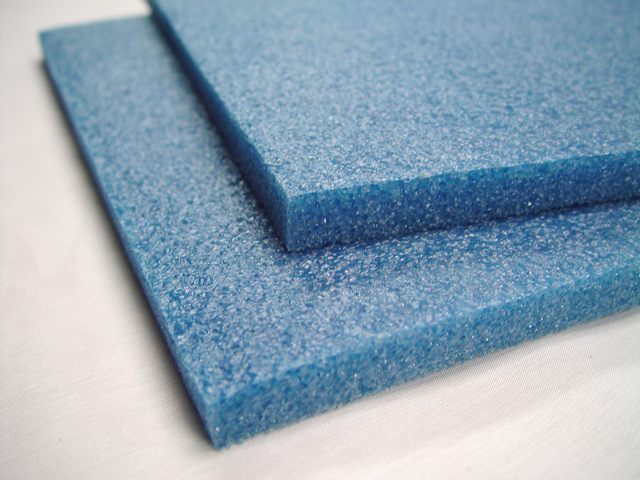
The primary materials for oral swabs include:
- Medical Sponge: Medical sponges are often used in swab tips because of their softness, absorbency, and moisture retention. They are often favored for their high water absorbency, which is critical for cleaning or delivering medications.
- Cotton: Some oral swabs may still use cotton, though this is less common than synthetic alternatives. Cotton swabs are often chosen for their softness and comfort, especially for patients who may have allergies to synthetic materials.
- Plastic or Wooden Sticks: The handle of the swab is typically made from either a rigid plastic or a smooth, splinter-free wood. These materials are easy for caretakers or healthcare professionals to utilize because they are lightweight and sturdy.
The choice of materials impacts the swab’s absorbency, comfort, and usability, especially in elderly patients who may have specific needs such as limited dexterity or sensitivity. Oral swab supplier plays a significant role in ensuring the materials meet high standards for quality, safety, and comfort.
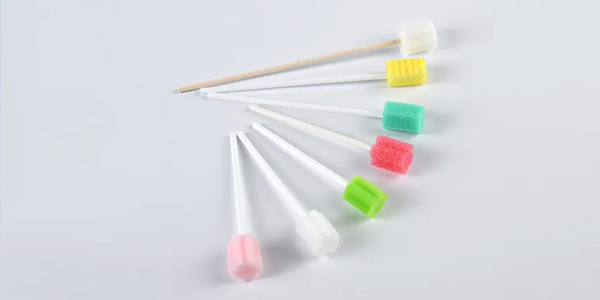
The Production Method
The production process starts after the materials and design are finalized. This process involves several critical steps to ensure the swabs are not only functional but also hygienic and safe for use in medical settings.
Step 1: Fiber Preparation
The first step in making oral swabs is preparing the fibers that will form the swab’s head. The fibers are treated to guarantee they are pure and devoid of impurities if polyester or rayon are utilized. In some cases, the fibers may be pre-treated to increase absorbency and improve their ability to hold fluids, such as saliva or oral medications.
Step 2: Swab Head Formation
Once the fibers are ready, they are either glued or heat-sealed onto the stick to form the swab head. The shape and size of the swab head are critical, as it needs to be large enough to clean the mouth thoroughly but small enough to be maneuvered easily in different areas of the mouth.
The swab head can be shaped into various designs, including a flat, bulbous, or rounded tip. For elderly patients, the design of the swab head may be adjusted for ease of use, ensuring it can comfortably reach the inner parts of the mouth, such as the back of the throat or the roof of the mouth.
Step 3: Assembly and Sterilization
After the swab heads are attached to the sticks, the swabs are assembled and packaged. At this stage, oral swab suppliers ensure that each swab meets the necessary quality control standards. The swabs are then sterilized to remove any harmful bacteria or pathogens. This is an essential step in ensuring that the swabs are safe for use, especially in healthcare settings where hygiene is paramount. There are various ways to achieve sterilization, including:
- Gamma Radiation: This method uses high-energy rays to kill bacteria and viruses without affecting the integrity of the swab.
- Ethylene Oxide Gas: This gas is another commonly used sterilization agent that can penetrate the swab material and eliminate any microbial contaminants.
- Autoclaving: In some cases, autoclaving may be used to sterilize the swabs by subjecting them to high-pressure steam.
Step 4: Packaging and Distribution
Once the oral swabs are sterilized and ready for use, they are individually packaged in sterile, sealed pouches to ensure they remain uncontaminated until they are opened. The packaging is often designed for convenience and ease of use, especially for caregivers who may need to quickly access the swabs. Packaging is also essential for keeping the swabs organized, especially in healthcare settings where efficiency is key.
Oral swab suppliers play an essential role in this final step, ensuring the packaging meets both practical and regulatory standards, including clear labeling, easy-to-read expiration dates, and detailed instructions on usage.
The Role of Oral Swab Suppliers
Oral swab suppliers are pivotal in the entire manufacturing process, ensuring that the final product is of the highest quality and complies with regulatory standards. These suppliers often work directly with healthcare providers to create customized solutions, ensuring the swabs meet the specific needs of different patient demographics, such as the elderly.
A good oral swab supplier will focus on high-quality production standards, including the use of non-toxic materials, safe sterilization methods, and reliable packaging. They also ensure that the swabs are produced in compliance with local and international healthcare regulations, making them suitable for use in hospitals, nursing homes, and home care settings.
Conclusion
The manufacturing process of high-quality oral swabs combines science, precision, and care. As an oral swab supplier, mofolo ensures that each product meets the strict requirements of healthcare professionals and their patients. From selecting the right materials to designing an ergonomic handle to sterilizing each swab for safety, the entire process is dedicated to creating a product that is both comfortable and clean.

